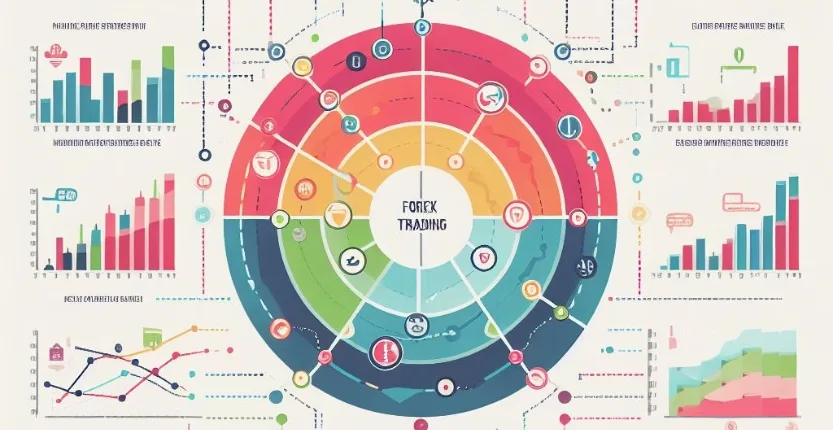Investing – High frequency currency trading, a prevalent trading approach, involves the buying and selling of financial instruments within a single trading day. The primary objective is to capitalize on short-term price movements. In the realm of Forex (foreign exchange) trading, High frequency currency trading typically deal with currency pairs.
Understanding High Frequency Currency Trading
High frequency currency trading is a strategy that entails initiating and liquidating all positions within the market hours of a single day. Unlike swing trading and position trading, no position in day trading is held overnight. This method seeks to take advantage of the market’s volatility during the day.
Fundamental Aspects of High frequency currency trading
1. Focus on Short-term: Day traders aim to profit from minor price fluctuations in highly liquid stocks or currencies. They seldom hold positions overnight to evade risks associated with events that occur outside of trading hours.
2. High Trade Frequency: Day traders often carry out numerous trades per day. This high frequency can result in substantial transaction costs.
3. Technical Analysis: Day traders frequently employ technical analysis tools such as chart patterns, volume, and technical indicators to inform their trading decisions.
4. Leverage: A significant number of day traders utilize leverage to enhance returns. However, this can also intensify losses.
Understanding the Details of Forex Day Trading
Forex markets present several benefits for High frequency currency trading:
1. Extended Market Hours: The Forex market operates 24 hours a day, five days a week, offering flexibility in trading times.
2. High Liquidity: The Forex market is the world’s most liquid market, which facilitates swift execution of trades.
3. Market Volatility: Major currency pairs often exhibit volatile price movements, providing opportunities for day traders.
4. Leverage: Forex brokers frequently offer higher leverage than brokers in other markets, which can boost profitability (and risk).
Effective Strategies for Day Trading in Forex
Here are some prevalent strategies employed by Forex Day traders:
1. Scalping: This strategy involves executing numerous trades for small profits throughout the day. Scalpers strive to exploit minor price gaps created by bid-ask spreads.
2. Range Trading: This strategy involves identifying and trading within the range of price highs and lows of the day.
3. News-Based Trading: This strategy involves trading based on news events that can trigger significant price movements.
4. High-Frequency Trading (HFT): This algorithm-based trading strategy involves executing thousands of trades within microseconds to capture minor profits.
Potential Risks and Challenges
Day trading in Forex is not without risks:
1. Market Volatility: While volatility can present opportunities, it can also result in substantial losses.
2. Leverage Risks: While leverage can enhance profits, it can also intensify losses.
3. Transaction Costs: The high number of trades can lead to significant transaction costs.
4. Emotional Stress: The fast-paced nature of day trading can be stressful and demands discipline and emotional control.
Wrapping Up
High frequency currency trading in Forex can be profitable but necessitates a robust understanding of the market, a well-planned strategy, and meticulous risk management. As with any investment strategy, it’s crucial to conduct thorough research and comprehend the risks involved.

J.J Edwards is a finance expert with 15+ years in forex, hedge funds, trading systems, and market analysis.

